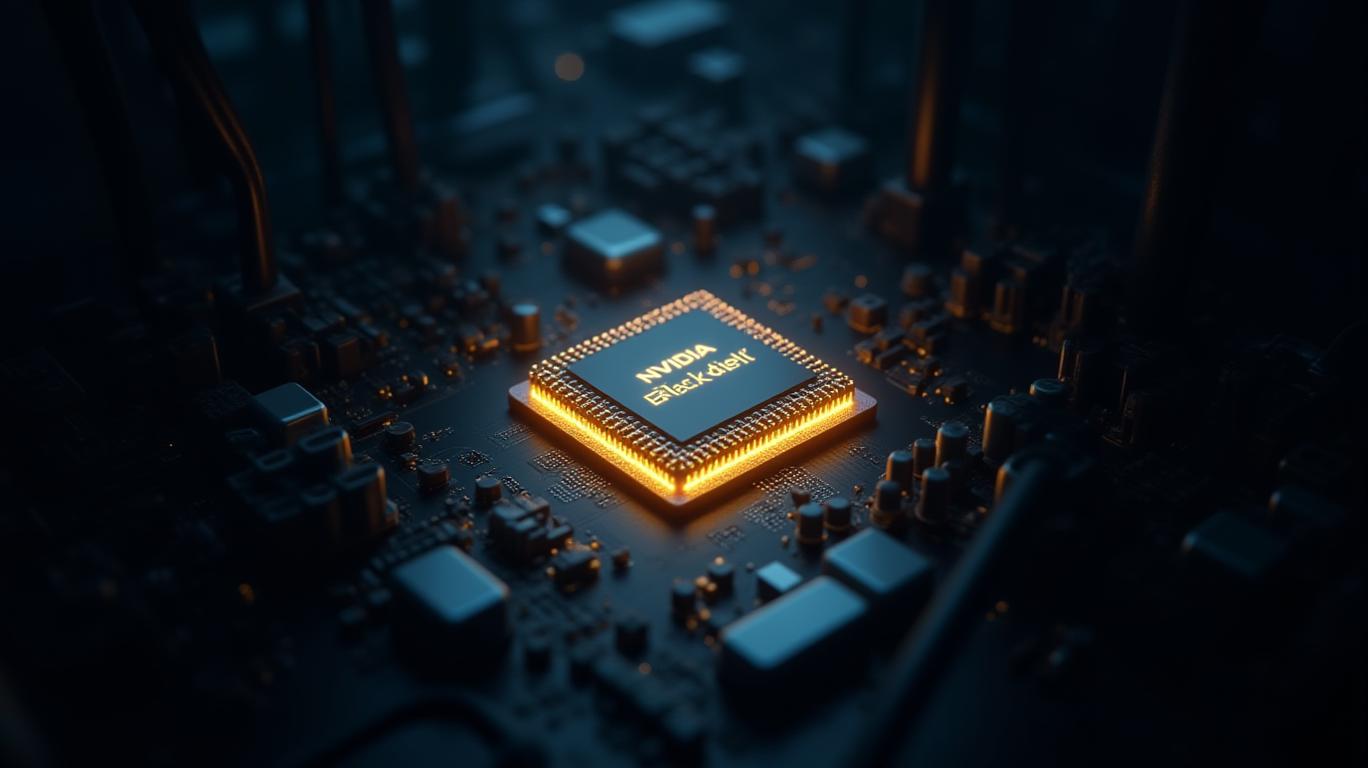NVIDIA Corporation (NVDA): A Quantitative Hedge Fund’s Dilemma in AI’s Golden Age
NVIDIA Corporation (NASDAQ:NVDA) has long been a bellwether for the AI revolution, but its recent journey through the portfolio adjustments of Renaissance Technologies—a firm managed by the legendary quantitative investor Jim Simons—paints a complex picture of opportunity and risk. While Renaissance’s fourth-quarter 2024 stake increase signaled confidence in NVIDIA’s dominance, its dramatic 64.47% reduction in Q1 2025 hinted at growing concerns over valuation and macroeconomic headwinds. This article dissects the data to determine whether NVIDIA remains a “best stock” for investors, despite its largest quantitative backer’s cautious pivot.
Ask Aime: "Is NVIDIA's stock still a 'best stock' after a big change by a big investor?"
Renaissance’s Contrarian Play: Betting on AI, Then Backing Off
Renaissance Technologies, renowned for its algorithm-driven strategies, increased its NVIDIA holdings by 23,156 shares in late 2023, boosting its total position to 3.55 million shares worth $477 million. This move elevated NVIDIA to the firm’s 11th largest portfolio holding, reflecting its belief in the company’s role as the “GPU giant” powering AI advancements.
Ask Aime: Has Jim Simons' Renaissance Technologies trimmed its NVIDIA position amid macroeconomic headwinds?

But by Q1 2025, Renaissance sold 64.47% of its stake, trimming holdings by nearly 1 million shares. Analysts speculate this was driven by AI’s rising energy costs, geopolitical trade risks, and concerns over NVIDIA’s valuation (P/E ratio of 45.91). The firm’s exit aligned with its broader strategy to reduce exposure to “overhyped” tech stocks, even as NVIDIA delivered a 23.37% quarterly return and an 84.10% year-to-date gain.
NVIDIA’s Fundamentals: A Mixed Bag of Strength and Challenges
NVIDIA’s Q4 2024 results reinforced its financial resilience:
- Revenue hit $39.33 billion, surpassing estimates by $1.17 billion.
- EPS of $0.89 beat forecasts, with a 55.69% net margin and 114.83% return on equity.
- Analysts maintain a “Moderate Buy” consensus, with a $164.96 price target (implying 41% upside from current levels).
Yet risks linger. Insiders like Directors Robert K. Burgess and John Dabiri sold 147,147 shares (valued at $17.1 million) in early 2024, signaling potential internal caution. Meanwhile, the $0.01 quarterly dividend (0.03% yield) underscores NVIDIA’s prioritization of reinvestment over shareholder payouts—a double-edged sword for income-focused investors.
The AI Inflection Point: Why Institutions Still Bet Big
While Renaissance trimmed its position, other institutions doubled down. Funds like Tacita Capital and Vision Financial Markets initiated stakes in Q4 2023, while NVIDIA’s ecosystem of 14 NPN partners (e.g., Accenture, WWT) expanded its AI reach. Analysts at Raymond James and Bank of America highlight NVIDIA’s $2.85 trillion market cap as justified by its 16.3x 2028 P/E ratio, suggesting cheapness relative to long-term growth.
The company’s DGX systems, Omniverse platforms, and AI software stack remain unmatched, with clients spanning healthcare (e.g., drug discovery), finance (quant models), and autonomous vehicles. Even Renaissance’s exit may reflect algorithmic rebalancing rather than a loss of faith in NVIDIA’s monopoly-like control over high-end GPUs.
Conclusion: NVIDIA’s Long-Term Case Outweighs Short-Term Noise
Renaissance’s actions reflect the tension between short-term valuation concerns and long-term AI secular growth. While its Q1 2025 sell-off underscores risks like energy costs and trade policies, the data strongly favors NVIDIA’s sustained dominance:
- Analyst upside: A $164.96 target implies 41% growth, supported by 114.83% ROE and 55.69% net margins.
- Institutional backing: Despite Renaissance’s exit, 65.27% of shares remain held by institutions, with 36 “Buy” ratings outweighing cautious calls.
- AI’s inevitability: As industries from healthcare to finance digitize, NVIDIA’s GPUs and software will remain irreplaceable.
Investors should view Renaissance’s reduction as a market timing call, not a verdict on NVIDIA’s future. For those with a multi-year horizon, NVIDIA’s 16.3x 2028 P/E and $39.33B revenue run rate make it a buy—provided they ignore the noise of quarterly portfolio tweaks.
Final Take: Buy NVIDIA for its AI leadership, but acknowledge the risks of geopolitical volatility and rising energy costs. The long game favors those who stick with the GPU king.


_442a2dcc1749832873286.jpeg)
_e68fac6d1749831664430.jpeg)




















